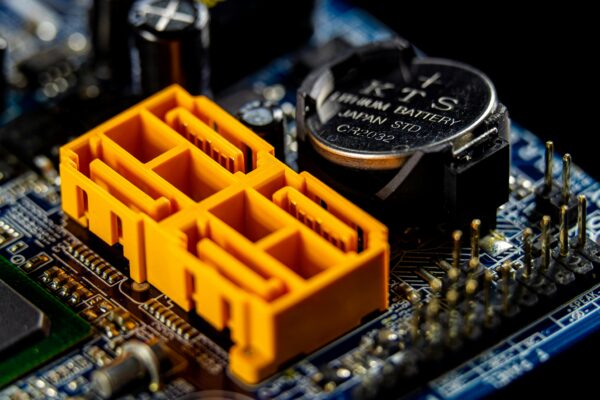Difference Between Li-ion Batteries and Lead Acid Batteries?
Lithium-ion (Li-ion) batteries and lead-acid batteries are two types of rechargeable batteries commonly used in various applications. They differ significantly in terms of their chemistry, performance, and applications. In the below you can read the the key difference and can compare them to each other.

Differences between Li-ion and Lead Acid Battery:
1. Chemistry:
Lithium-ion Batteries: These batteries use lithium ions as the charge carriers. They typically contain a lithium cobalt oxide (LiCoO2), lithium manganese oxide (LiMn2O4), or lithium iron phosphate (LiFePO4) cathode, a graphite anode, and an electrolyte solution.
Lead-Acid Batteries: Lead-acid batteries use lead dioxide as the positive electrode, metallic lead as the negative electrode, and sulfuric acid as the electrolyte.
2. Energy Density:
Li-ion batteries have a higher energy density compared to lead-acid batteries, meaning they can store more energy in a given volume or weight. This makes Li-ion batteries ideal for applications where space and weight are crucial, such as portable electronics, electric vehicles, and modern elevator backup systems.
3. Weight and Size:
Li-ion batteries are typically lighter and more compact than lead-acid batteries with similar capacity. This makes them a preferred choice for applications that require high energy in a limited space. Their reduced size also contributes to easier installation and better space management.
4. Cycle Life and Maintenance:
Li-ion batteries generally have a longer cycle life, meaning they can be charged and discharged more times before their performance degrades significantly. Li-ion battery also require minimal maintenance, unlike lead-acid batteries, which may require periodic water top-ups and performance checks to prevent sulfation and prolong their life. This results in lower long-term maintenance costs.
5. Safety:
Li-ion batteries have different safety considerations compared to lead-acid batteries. While both types can pose safety risks if mishandled or damaged, Li-ion batteries are more sensitive to overcharging, over-discharging, and physical damage, which can lead to thermal runaway and fire hazards. “thermal runaway” can be caused by factors such as overcharging, puncture, exposure to high temperatures, or manufacturing defects.
6. Temperature Sensitivity:
Li-ion batteries are more sensitive to temperature extremes compared to lead-acid batteries. Extreme temperatures, whether too high or too low, can affect the performance and lifespan of Li-ion batteries, whereas lead-acid batteries are more tolerant to a wider range of temperatures. It makes them suitable for outdoor or industrial settings with fluctuating climates.
7. Cost:
Lead-acid batteries are typically less expensive upfront compared to lithium-ion batteries, making them more accessible for budget-sensitive applications. However, when factoring in longer lifespan, lower maintenance, and better performance, Li-ion batteries may offer better long-term value.
Li-ion vs Lead-Acid Battery
| Feature | Lithium-ion Battery | Lead-Acid Battery |
|---|---|---|
| Chemistry | Uses lithium-based compounds (LiCoO₂, LiFePO₄) | Uses lead dioxide, metallic lead, and sulfuric acid |
| Energy Density | High energy density; more energy in less space | Lower energy density; bulkier for same capacity |
| Weight and Size | Lightweight and compact | Heavier and larger in size |
| Cycle Life | Long cycle life; thousands of cycles | Shorter cycle life; typically a few hundred cycles |
| Maintenance | Minimal maintenance required | Requires regular maintenance (e.g., water top-up) |
| Safety | Sensitive to overcharge, damage, and heat; thermal risks | Safer in some aspects but still requires careful handling |
| Temperature Sensitivity | Performs poorly in extreme temperatures | More tolerant to temperature variations |
| Cost | Higher initial cost; better long-term ROI | Lower upfront cost; more frequent replacement needed |










